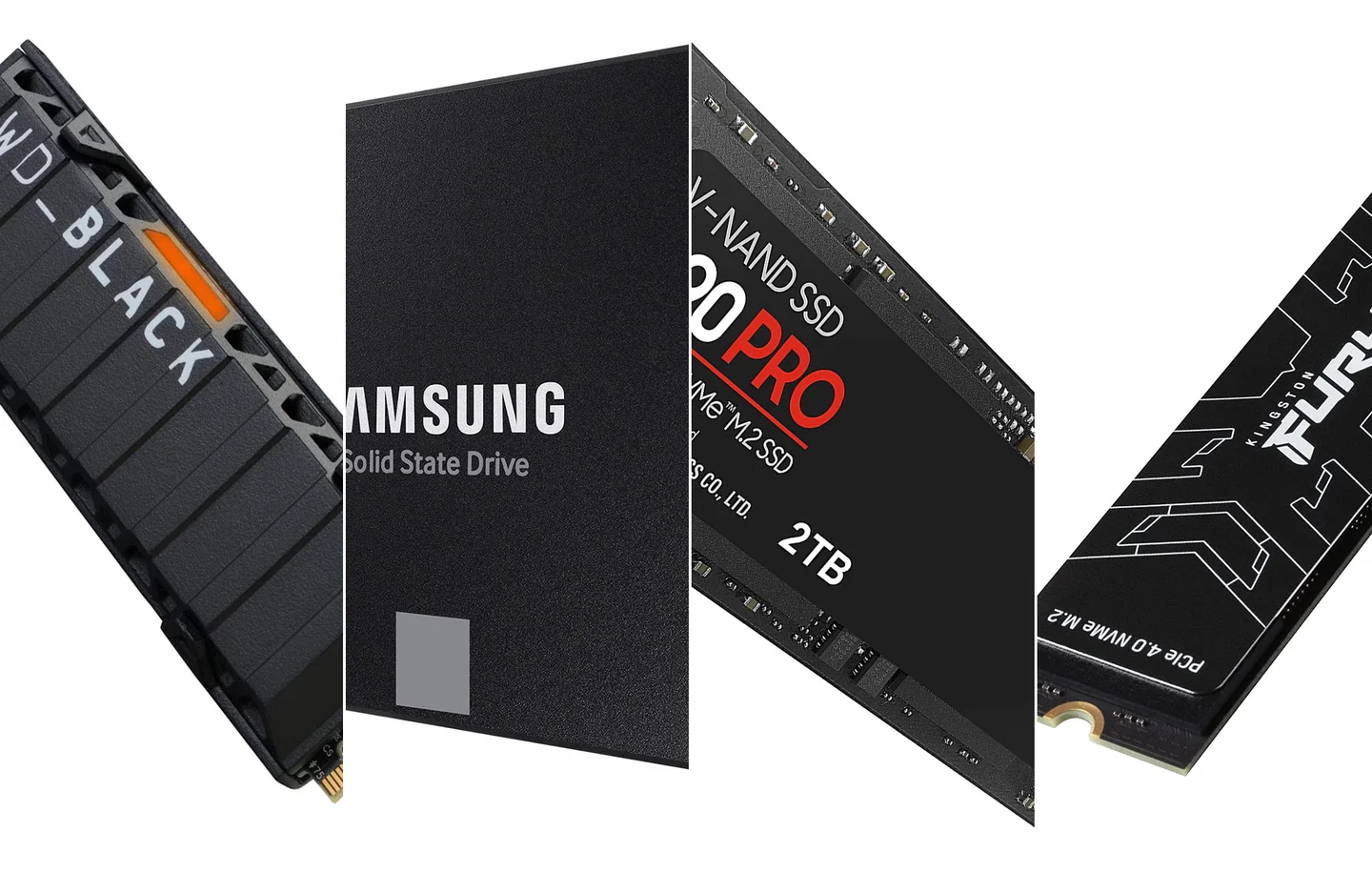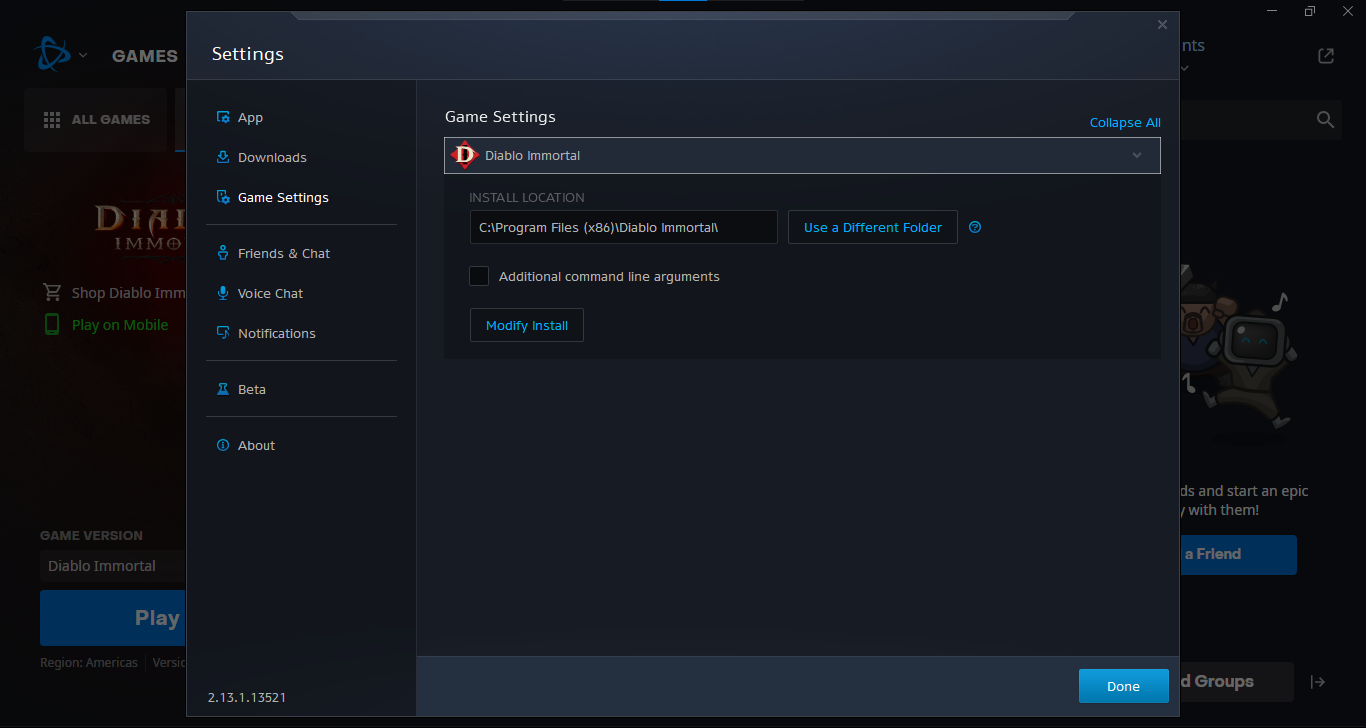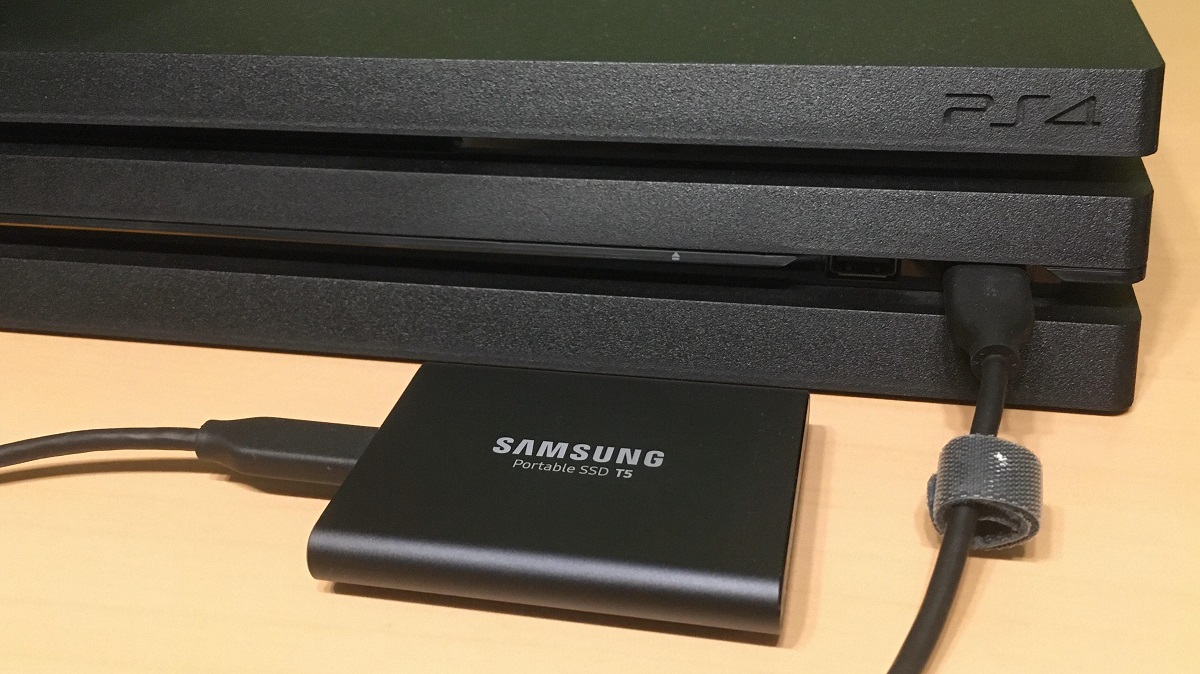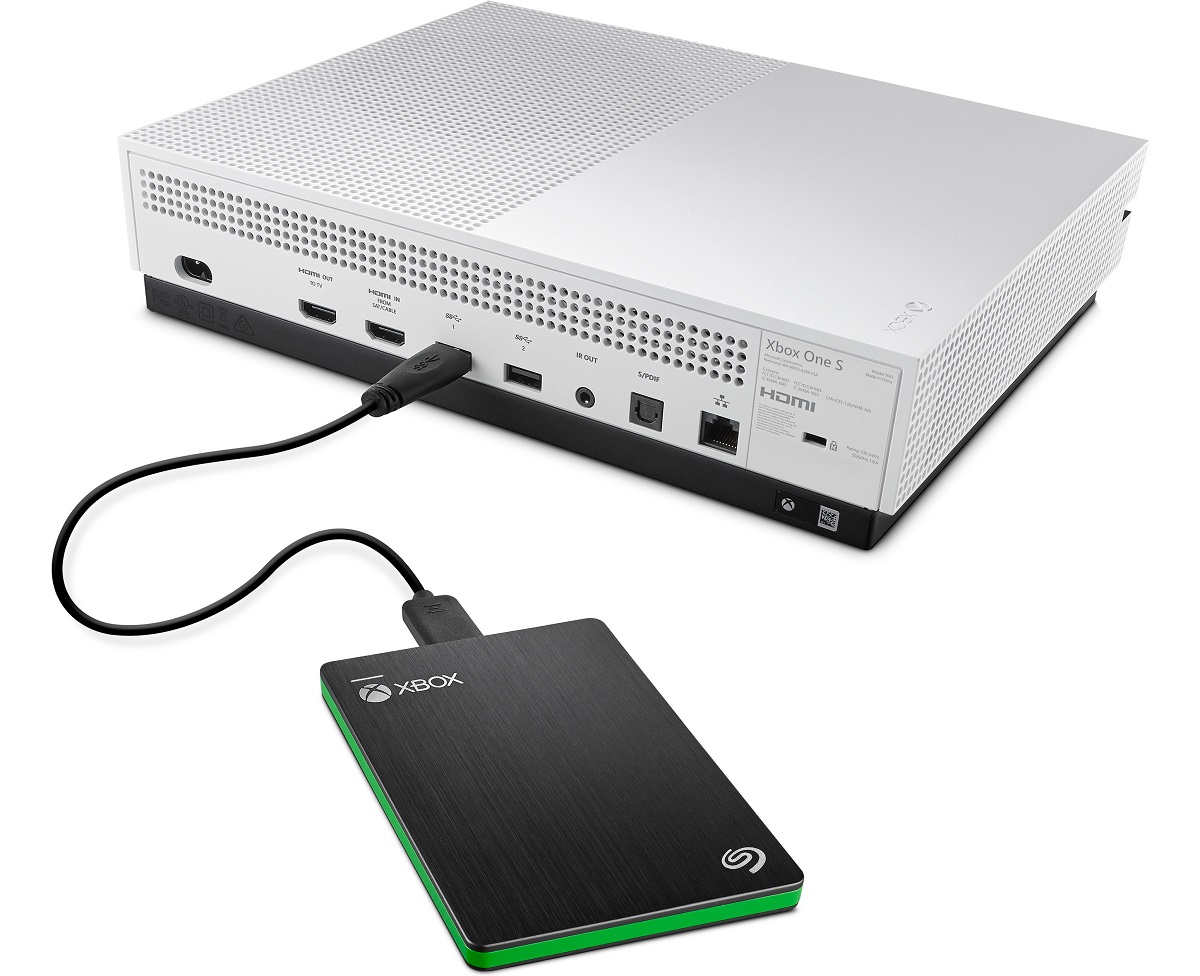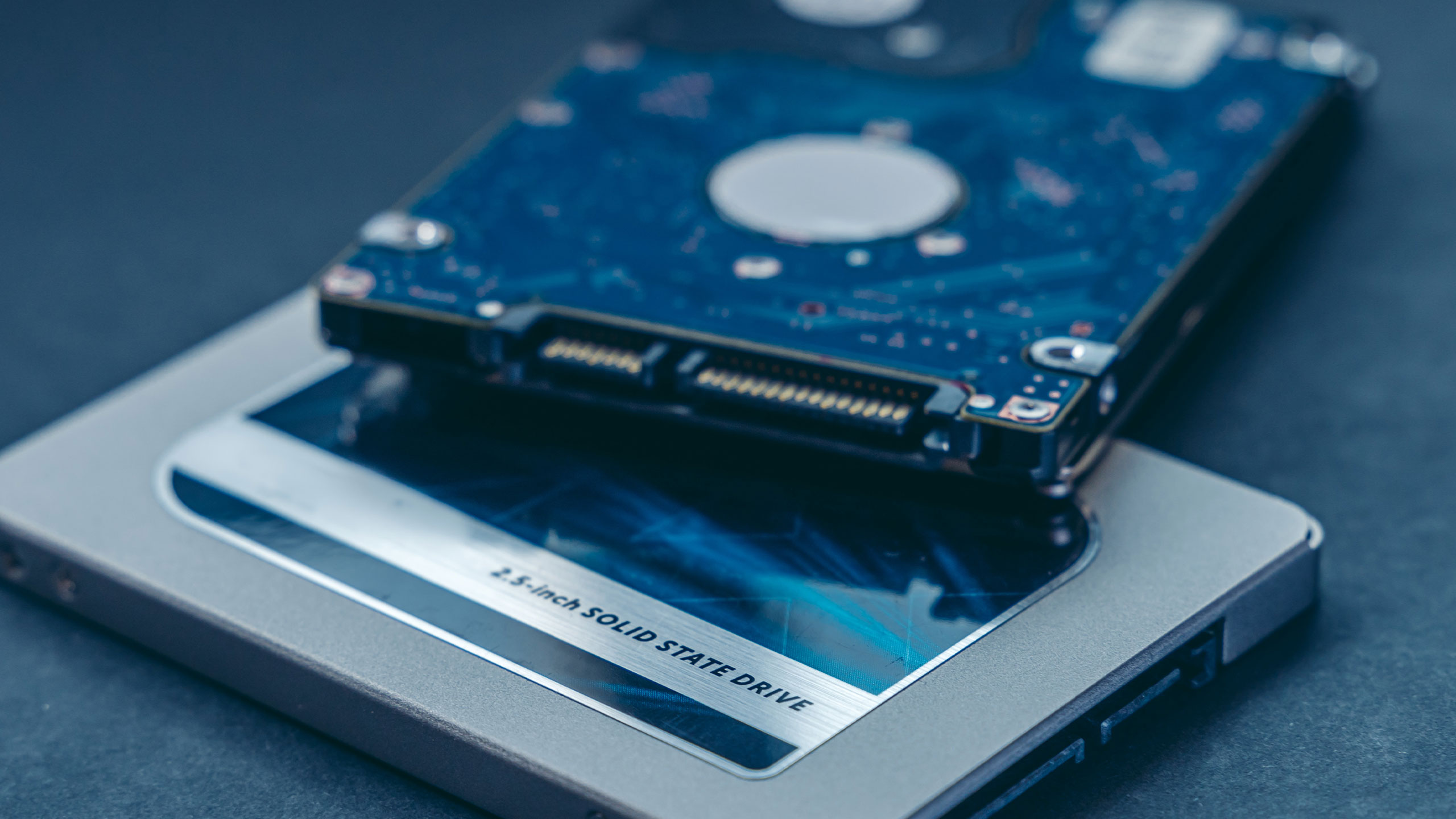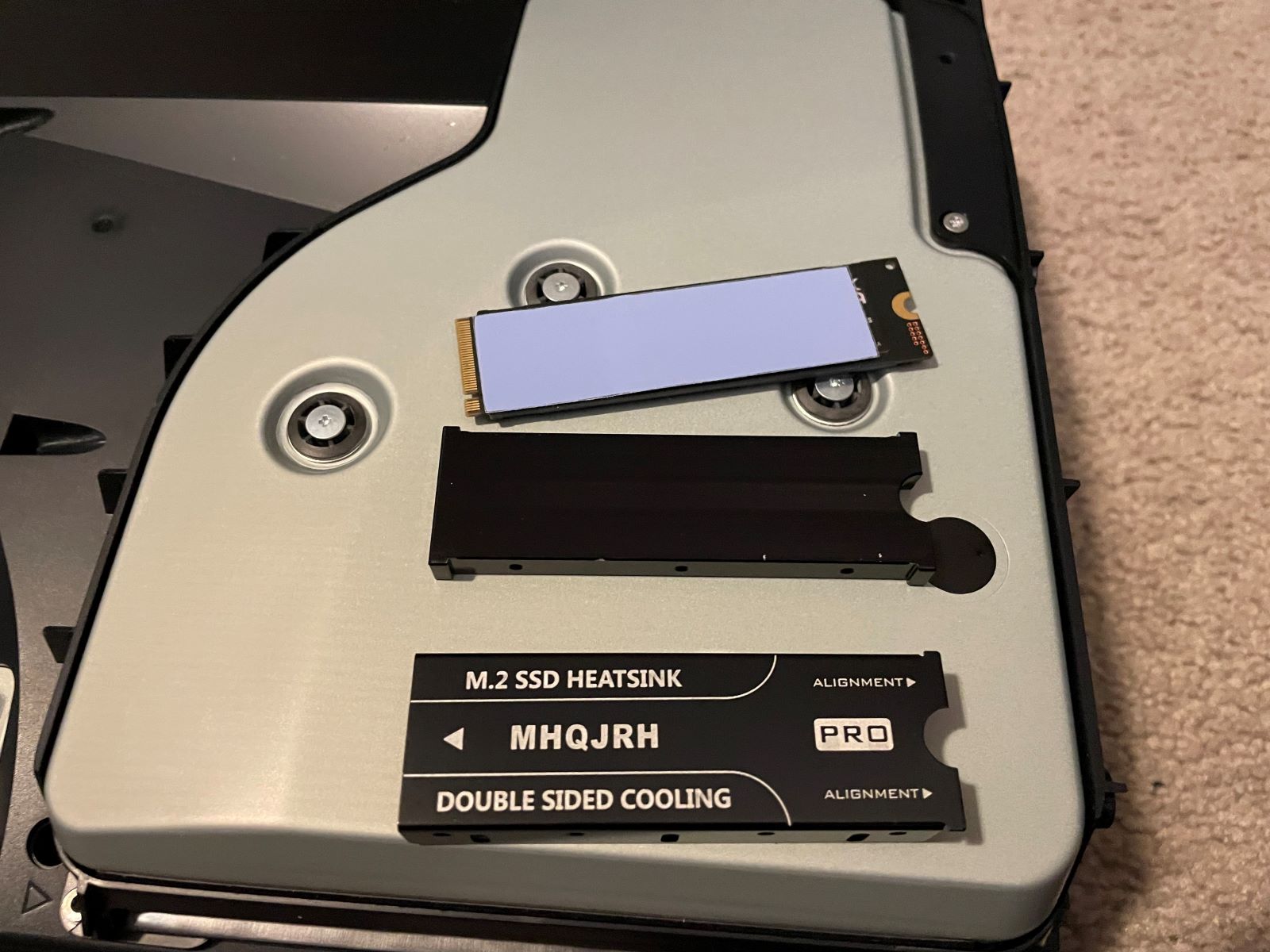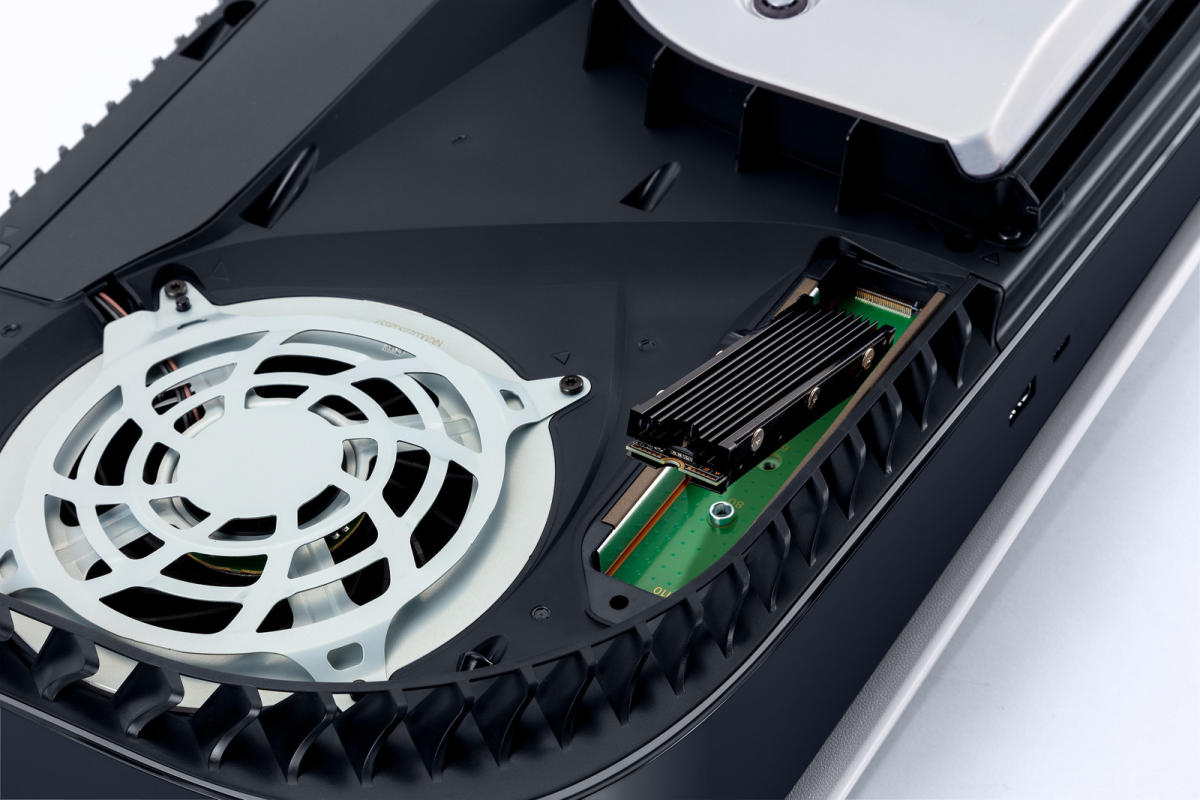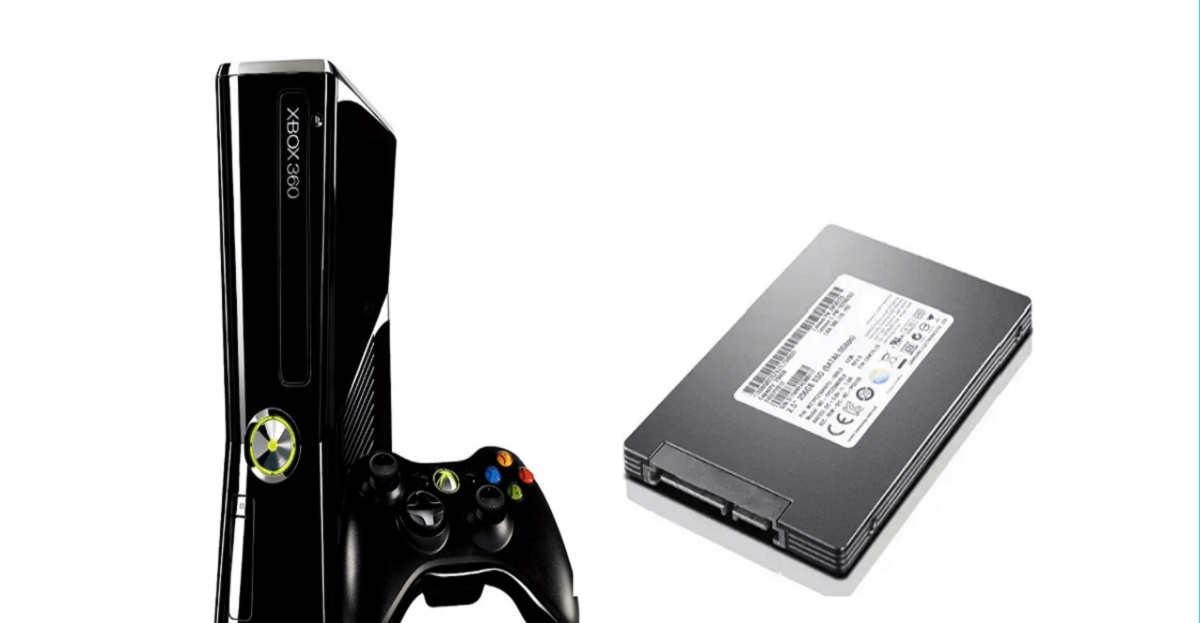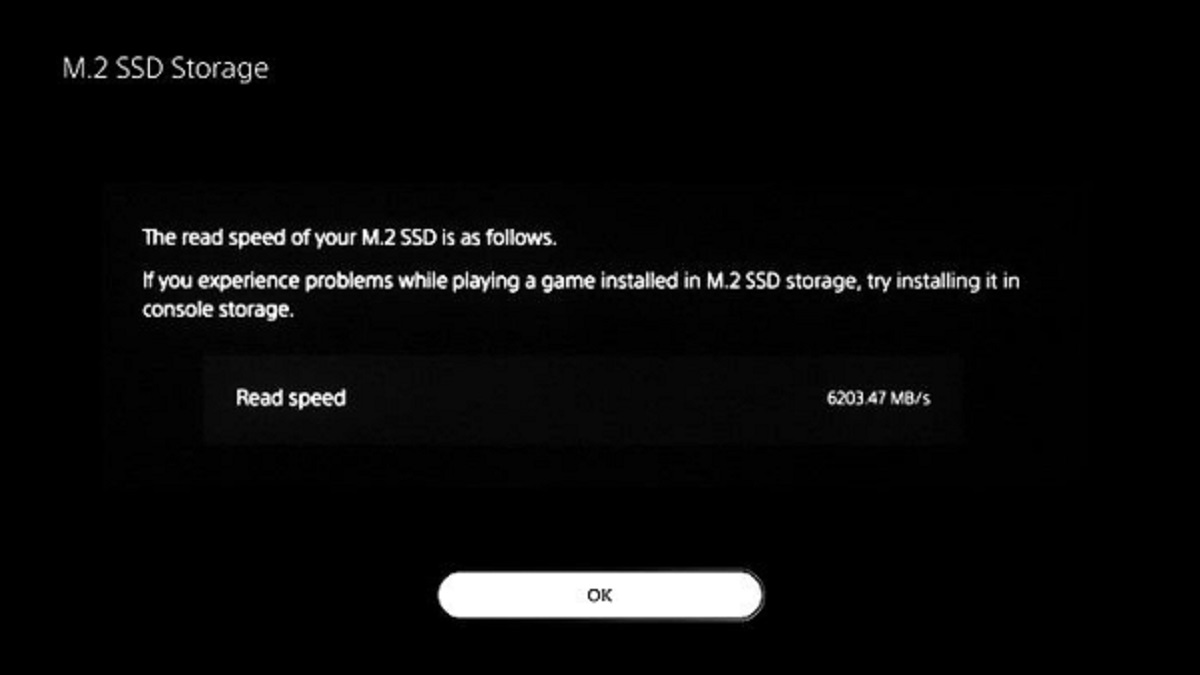Benefits of Using an SSD for Gaming
When it comes to gaming, having the right hardware can make a significant difference in your overall gaming experience. One key component that can greatly enhance your gaming performance is a solid-state drive (SSD). Here are some notable benefits of using an SSD for gaming:
- Fast Load Times: One of the biggest advantages of an SSD for gaming is the significantly reduced load times. Unlike traditional hard disk drives (HDDs) that rely on spinning disks and moving parts, SSDs use flash memory to store data, resulting in lightning-fast read and write speeds. This means you’ll experience quicker loading times for your games, allowing you to jump right into the action without any frustrating delays.
- Improved Game Performance: SSDs not only improve load times but also enhance game performance overall. With faster read and write speeds, an SSD can retrieve game data more quickly, reducing in-game stuttering and lag. This means you’ll have smoother gameplay with reduced frame drops and improved overall responsiveness.
- Reduced Loading Screens: Long loading screens can be a major buzzkill during gameplay. With an SSD, these loading screens become a thing of the past. Games installed on an SSD can access data almost instantaneously, allowing seamless transitions between different game areas and eliminating the need for lengthy loading screens.
- Quicker Game Installation: Installing games can be a time-consuming process, especially for large game files. SSDs can significantly speed up the installation process, making it much quicker and more convenient. This means you can spend less time waiting for games to install and more time actually playing.
- Faster File Access: SSDs not only benefit gaming performance but also improve general computer usage. With their high-speed data access, SSDs allow for faster file transfers and quicker access to other applications and programs. This means you can multitask more efficiently while gaming, without experiencing slowdowns or performance issues.
- Durability and Reliability: Unlike HDDs, SSDs have no moving parts, making them more resistant to physical shocks and damage. This increased durability makes SSDs a reliable storage solution for gamers, ensuring that your game data remains safe and secure even during accidental drops or impacts.
In summary, using an SSD for gaming offers numerous benefits, including faster load times, improved game performance, reduced loading screens, quicker game installation, faster file access, and increased durability. Investing in an SSD can greatly enhance your gaming experience, allowing you to fully immerse yourself in the virtual world without any performance issues or interruptions.
How Does an SSD Improve Gaming Performance?
An SSD (solid-state drive) is a storage device that uses flash memory to store data, providing faster access times and improved performance compared to traditional hard disk drives (HDDs). So, how does an SSD specifically enhance gaming performance? Let’s explore:
Reduced Load Times: Load times can be a major frustration for gamers, causing delays and interrupting the gaming experience. An SSD significantly reduces load times by offering faster data retrieval speeds. Games stored on an SSD can be accessed and loaded much quicker than on an HDD, allowing gamers to jump into their favorite titles without any long waiting periods.
Quick Asset Loading: In addition to reducing overall loading times, SSDs also provide faster asset loading within games. Assets such as textures, models, sound files, and animations are retrieved from storage while playing a game. With an SSD, these assets are loaded much faster, resulting in smoother gameplay and avoiding moments of lag or hitching caused by slow data retrieval.
Smooth Open-World Exploration: Open-world games often require the frequent loading and unloading of game assets as players move through different areas. An SSD’s quick access times allow for seamless transitions between these areas, eliminating long loading screens and providing smooth, uninterrupted exploration experiences.
Reduced Stutter and Lag: Stuttering and lag can significantly affect a game’s playability, causing frustration and hindering the overall gaming experience. SSDs help reduce stutter and lag by optimizing the flow of data to the system. The improved data transfer speeds ensure that game assets are readily available when needed, resulting in smoother gameplay with fewer performance issues.
Faster Save and Load Times: Saving and loading game progress can also benefit from the high-speed performance of SSDs. With an SSD, saving and loading game files is much quicker, allowing gamers to resume their progress almost instantaneously. This not only saves time but also provides a more convenient gaming experience.
Improved Multiplayer Gaming: SSDs can give gamers an advantage in multiplayer gaming scenarios. With faster load times, game assets load quickly, ensuring a level playing field. Additionally, SSDs reduce the chances of experiencing lag during online gaming sessions, enhancing gameplay and allowing for more competitive and enjoyable multiplayer experiences.
Enhanced Overall System Performance: An SSD’s impact on gaming performance is not limited to load times and asset loading. By installing the operating system on an SSD, the overall system performance improves, leading to faster boot times, snappier system responsiveness, and smoother multitasking capabilities. This ensures that the gaming experience is not hampered by a slow and sluggish system.
In summary, SSDs improve gaming performance by reducing load times, leading to quicker access to game data, assets, and save files. The enhanced speed and responsiveness of SSDs also contribute to smoother gameplay with fewer lag and stuttering issues. Additionally, SSDs can provide advantages in multiplayer gaming scenarios and overall system performance. For these reasons, investing in an SSD can greatly enhance the gaming experience.
Key Features to Consider When Choosing an SSD for Gaming
Choosing the right solid-state drive (SSD) for gaming can have a significant impact on your gaming experience. To make an informed decision, it’s important to consider the following key features when selecting an SSD:
- Storage Capacity: The storage capacity of an SSD determines how many games and other data you can store on it. Consider your gaming needs and the size of the games you play regularly. It’s recommended to opt for an SSD with ample storage space to accommodate your game library and other applications without running out of space.
- Read and Write Speeds: The read and write speeds of an SSD are crucial for gaming performance. Faster speeds ensure quicker data access, resulting in reduced loading times and smoother gameplay. Look for SSDs with high sequential read and write speeds to enhance your gaming experience.
- Random Access Speed: Random access speed refers to the time it takes for the SSD to retrieve data from different locations within the drive. Games often rely on accessing various data files simultaneously. A high random access speed enables faster retrieval of these files, reducing lag and improving overall performance.
- Storage Interface: The storage interface of an SSD determines how it connects to your system. The most common interfaces for gaming SSDs are SATA III and NVMe. SATA III offers good performance and compatibility, while NVMe provides faster speeds and can take full advantage of PCIe-based connections. Consider your system’s compatibility and available interfaces when selecting an SSD.
- Endurance and Lifespan: Gaming involves frequent reading and writing of data, which can affect the SSD’s lifespan. Look for SSDs with a high endurance rating, indicated by the total bytes written (TBW) or drive writes per day (DWPD) specifications. Higher endurance SSDs are built to withstand heavy usage and have a longer lifespan.
- Data Protection Features: Protecting your data is essential, especially when gaming. Look for SSDs that offer features like error correction codes (ECC), wear-leveling algorithms, and power loss protection to ensure the integrity and safety of your stored data. These features help prevent data loss and maintain the longevity of the drive.
- Price and Value: SSDs vary in price, depending on their features and performance. Consider your budget and the value provided by the SSD when making a choice. Look for SSDs that offer a balance of performance, reliability, and affordability to get the most out of your investment.
By carefully considering the storage capacity, read and write speeds, random access speed, storage interface, endurance, data protection features, and price/value ratio, you can select an SSD that best suits your gaming needs. Remember to prioritize the features that are most important to you and strike a balance between performance and cost to enhance your gaming experience.
Understanding SSD Speed and Response Time
When it comes to solid-state drives (SSDs), understanding their speed and response time is crucial for choosing the right SSD for gaming. Let’s dive into the key factors that determine SSD speed and response time:
Read and Write Speed: The read and write speed of an SSD refers to how quickly data can be retrieved and stored on the drive. This is measured in megabytes per second (MB/s). Higher read and write speeds indicate faster data transfer rates, resulting in reduced loading times and improved performance in gaming. SSDs with faster read and write speeds offer quicker access to game data, allowing for smoother gameplay without lag or stuttering.
Sequential and Random Speed: SSDs have both sequential and random speed measurements. Sequential speed refers to the speed of reading or writing large, continuous blocks of data. This is important for tasks such as game installations or loading large game files. Random speed, on the other hand, measures the speed of accessing and transferring small, randomly scattered data. Random speed is crucial for in-game performance, as games often access numerous small files simultaneously. A combination of high sequential and random speeds ensures smooth overall performance.
Input/Output Operations per Second (IOPS): IOPS represents the number of input/output operations that an SSD can handle per second. It measures the drive’s ability to read and write small files and perform multitasking operations. Higher IOPS values indicate better performance, as the SSD can handle more simultaneous operations efficiently. This is particularly important for gaming, as games often involve accessing multiple files simultaneously.
Latency: Latency is the response time or delay between a request for data and the delivery of that data. In the case of an SSD, latency reflects how quickly the drive responds to reading or writing requests. Lower latency results in faster response times, reducing the time it takes for data to be accessed and delivered. This low latency is especially important for gaming, as it contributes to quicker load times, reduced input lag, and smoother gameplay.
SATA III and NVMe: The two most common storage interfaces for SSDs are SATA III and NVMe. SATA III is the traditional interface used by many SSDs and offers good performance for gaming. However, if your system supports it, NVMe (Non-Volatile Memory Express) provides faster speeds by utilizing the PCIe (Peripheral Component Interconnect Express) bus. NVMe SSDs can deliver significantly higher read and write speeds compared to SATA III SSDs, resulting in improved gaming performance.
Caching Technology: Some SSDs incorporate caching technology to enhance their speed and responsiveness further. Caching involves storing frequently accessed data in a faster cache, allowing for quicker retrieval of that data. This can greatly improve the overall speed and performance of the SSD, especially for tasks like loading games or accessing commonly used applications.
Understanding the speed and response time of an SSD is essential for choosing a drive that can meet your gaming needs. By considering factors such as read and write speeds, sequential and random speeds, IOPS, latency, storage interfaces (SATA III and NVMe), and caching technology, you can select an SSD that provides optimal performance for your gaming setup.
Installation and Set-up of an SSD for Gaming
If you’re considering upgrading your gaming setup with a solid-state drive (SSD), it’s essential to know how to install and set up the SSD to maximize its benefits. Here’s a step-by-step guide to help you with the installation and set-up process:
- Choose the Right SSD: Before installation, ensure that you have selected an SSD that meets your gaming needs in terms of storage capacity, speed, and performance. Consider factors such as read and write speeds, storage interface, and compatibility with your system.
- Backup Your Data: Before proceeding with any hardware changes, it’s always wise to back up your important data. This ensures that your files and settings are protected and can be easily restored if needed.
- Prepare Your System: Shut down your computer and unplug it from the power source. Open the computer case according to the manufacturer’s instructions, usually by removing screws or sliding panels. Be cautious and gentle when handling delicate components and cables.
- Identify Available Drive Bays: Locate the available drive bays in your computer case. SSDs typically use 2.5-inch drive bays. If there are no available drive bays, you may need an adapter to fit the SSD into a larger bay or use a mounting bracket to secure it.
- Connect SATA Cables: Use a SATA data cable to connect the SSD to an available SATA port on the motherboard. Connect one end of the cable to the SSD and the other end to the SATA port. Additionally, connect a SATA power cable from the power supply to the SSD to provide it with power.
- Mount the SSD: Secure the SSD in the drive bay using screws or any provided mounting brackets. Ensure that it is firmly and securely attached to prevent any movement or damage during operation.
- Close the Computer Case: Once the SSD is installed and securely mounted, close the computer case by reattaching panels or securing screws. Ensure that everything is properly aligned and secured to protect the components inside.
- Boot Up and Initialize: Power on your computer and enter the BIOS/UEFI settings. Ensure that the SSD is recognized by the system. If necessary, adjust the boot order to prioritize the SSD as the primary boot device.
- Operating System Installation: If you’re installing the SSD as your primary drive for the operating system, follow the instructions provided by your operating system to install it on the SSD. Make sure to select the SSD as the destination for the installation.
- Transfer or Reinstall Games: Depending on your setup, you may need to transfer your existing games to the SSD or reinstall them directly on the SSD. This can usually be done through the game’s settings or by copying game files from your previous storage device.
- Optimize SSD Settings: After installation, ensure that your SSD is set up optimally for gaming performance. Disable any power-saving features that may impact performance and enable the TRIM function to maintain the long-term performance of the drive.
By following these steps, you can successfully install and set up your SSD for gaming. In no time, you’ll be enjoying faster load times, improved game performance, and an enhanced overall gaming experience.
Tips for Optimizing SSD Performance for Gaming
Once you’ve installed an SSD (solid-state drive) for gaming, there are several tips you can follow to optimize its performance. By implementing these tips, you can maximize the benefits of your SSD and ensure optimal gaming experiences:
- Enable TRIM: TRIM is a command that helps maintain the long-term performance of an SSD. Ensure that TRIM is enabled on your system. TRIM allows the SSD to efficiently manage the storage blocks and maintain high performance over time.
- Update SSD Firmware: Manufacturers often release firmware updates for SSDs, which can improve performance and fix any existing issues. Regularly check for firmware updates from the SSD manufacturer’s website and install them to ensure optimal performance and compatibility with your system.
- Disable Indexing and Defragmentation: SSDs do not benefit from indexing and defragmentation like traditional hard drives. To avoid unnecessary wear and tear on your SSD, disable these features. Indexing and defragmentation can decrease performance and decrease the lifespan of your SSD.
- Move Temporary Files and Pagefile: Redirecting temporary files and the pagefile to a different drive can help minimize unnecessary read and write operations on your SSD, prolonging its lifespan. Configure your system to store temporary files and the pagefile on a secondary storage drive, such as an HDD.
- Avoid Overfilling the SSD: To maintain optimal performance, avoid filling your SSD to its maximum capacity. Aim to leave at least 10-20% of the SSD’s total capacity free. This allows the SSD to perform background maintenance tasks effectively and prevents performance degradation.
- Regularly Clean Up and Organize: Over time, unnecessary files and clutter can accumulate on your SSD, affecting performance. Regularly conduct disk cleanup and organize your files to remove any unnecessary data. This helps improve read and write speeds and frees up space for more important gaming-related files.
- Update Graphics Drivers: Up-to-date graphics drivers are essential for optimal gaming performance. Ensure that you regularly update your graphics drivers to take full advantage of your SSD and provide the best gaming experience possible.
- Consider Game Placement: Install frequently played games and resource-intensive applications directly on the SSD. This allows for faster access to game data, reduced loading times, and improved overall performance. Less frequently played games can be stored on secondary storage devices, such as HDDs, to optimize the usage of SSD space.
- Monitor SSD Health: Keep an eye on the health of your SSD by using manufacturer-provided software or third-party tools. Monitoring the health of your SSD allows you to identify any potential issues and take appropriate action to maintain performance and prevent data loss.
- Regularly Back Up Your Data: While SSDs are reliable, it is still important to back up your important data regularly. In the event of any unforeseen issues or failures, having a backup ensures that your data remains secure and can be easily restored.
By implementing these tips, you can optimize the performance of your SSD for gaming. Taking care of your SSD and following these best practices will help ensure that you enjoy fast load times, smooth gameplay, and a reliable gaming experience.
Comparing SSDs vs. HDDs for Gaming
When it comes to choosing storage options for gaming, the two primary choices are solid-state drives (SSDs) and hard disk drives (HDDs). Let’s compare the two to understand their differences in terms of gaming performance:
Speed and Performance: SSDs offer significantly faster speeds compared to HDDs. SSDs use flash memory, allowing for near-instantaneous data access and transfer. This results in faster game load times, reduced lag, and smoother gameplay. HDDs, on the other hand, rely on spinning platters and mechanical read/write heads, which results in slower data retrieval and longer load times.
Reliability and Durability: SSDs have a higher level of reliability and durability compared to HDDs. Since SSDs have no moving parts, they are more resistant to physical shock, vibrations, and temperature fluctuations. This makes them more reliable for gaming, reducing the chances of data loss or drive failure due to accidental drops or impacts.
Noise and Power Consumption: SSDs are virtually silent, as they don’t have any moving parts. HDDs, on the other hand, can emit noise due to the spinning platters and mechanical read/write heads. Additionally, SSDs consume significantly less power than HDDs, resulting in lower energy consumption and less heat generation within your gaming system.
Capacity and Cost: HDDs often offer larger storage capacities at a lower cost compared to SSDs. If you have a massive game library or require ample storage space, HDDs can provide more storage capacity per dollar. However, it’s important to note that the cost per gigabyte of storage for SSDs has been continuously decreasing, making them more affordable and accessible for gamers.
Maintenance and Lifespan: SSDs require less maintenance compared to HDDs. Since SSDs have no moving parts, there is less risk of mechanical failure or data loss due to wear and tear. However, it’s worth noting that SSDs have a limited lifespan in terms of the number of write cycles they can endure. But with advancements in technology, modern SSDs have significantly improved lifespans and can last for many years of regular use.
Portability and Form Factor: SSDs are more compact and lightweight, making them ideal for portable gaming setups, such as laptops. Their small form factor allows for easy installation and doesn’t add much weight or bulk to the gaming system. HDDs, while larger and heavier, are still commonly used for gaming desktops that require high-capacity storage.
In summary, SSDs offer superior speed, excellent reliability, low power consumption, and silent operation. They provide faster load times, smoother gameplay, and improved overall gaming performance. However, HDDs still have their place in gaming, offering larger storage capacities at a lower cost. Ultimately, the choice between SSDs and HDDs for gaming depends on your specific needs, budget, and storage requirements.
Why Invest in an SSD for Gaming?
Investing in a solid-state drive (SSD) for gaming can significantly enhance your gaming experience. Here are several compelling reasons why you should consider adding an SSD to your gaming setup:
Lightning-Fast Load Times: A primary advantage of using an SSD for gaming is the drastic reduction in load times. SSDs offer incredibly fast data access speeds, allowing games to load quicker than traditional hard disk drives (HDDs). You’ll spend less time staring at loading screens and more time immersed in the gameplay.
Improved Game Performance: SSDs improve game performance by providing faster data transfer rates. With quicker read and write speeds, an SSD can retrieve game data and assets more efficiently, resulting in smoother gameplay with reduced lag and stuttering. Actions in the game become more responsive and fluid, allowing for a more immersive gaming experience.
Seamless Open-World Exploration: Open-world games often require loading and accessing various game areas continuously. An SSD’s high-speed data access ensures seamless transitions between different game locations. You’ll be able to explore open-world environments without the annoyance of long loading screens or delays, maintaining immersion and enhancing your gaming enjoyment.
Reduced In-Game Stutter: HDDs can sometimes struggle to keep up with the demands of modern games, resulting in in-game stutter and frame drops. SSDs offer consistent and fast data access, minimizing these performance issues. You can enjoy smoother gameplay with a more stable frame rate, making the gaming experience more enjoyable and engaging.
Faster Game Installations and Updates: Installing or updating games can be a time-consuming process. SSDs significantly speed up these tasks, allowing you to get into the game quickly. With faster installation and patching times, you’ll spend less time waiting and more time playing your favorite games.
Efficient Multitasking: SSDs not only benefit gaming performance but also enhance multitasking capabilities. With their rapid data access speeds, SSDs allow for smoother switching between applications and faster file transfers. You can run background tasks, stream content, and open other programs without sacrificing gaming performance.
Reliability and Durability: SSDs are more durable than HDDs because they don’t have any moving parts. They are more resistant to physical shocks, which can be particularly beneficial for portable gaming setups. SSDs have a longer lifespan and are less prone to failure, ensuring your valuable game data remains safe and secure.
Future-Proofing Your Gaming System: As games continue to evolve and become more demanding, an investment in an SSD future-proofs your gaming system. SSDs offer superior performance that can handle the requirements of upcoming games, ensuring that you’re ready to take on the latest gaming experiences without needing to upgrade your storage.
In summary, investing in an SSD for gaming provides a wide range of benefits, including faster load times, improved game performance, seamless open-world exploration, reduced in-game stutter, quicker installations and updates, enhanced multitasking capabilities, reliability, durability, and future-proofing your gaming system. With these advantages, an SSD can elevate your gaming experience to new heights, allowing you to fully immerse yourself in the virtual world.
Top SSD Recommendations for Gaming
When it comes to choosing the best solid-state drive (SSD) for gaming, several options excel in terms of performance, reliability, and value. Here are some top SSD recommendations that can elevate your gaming experience:
- Samsung 970 EVO Plus: This SSD from Samsung offers exceptional performance with blazing-fast read and write speeds, making it ideal for gaming. It leverages the NVMe interface and is available in various capacities, providing ample storage space for games and other applications.
- Western Digital Black SN850: With its PCIe Gen4 interface, this SSD from Western Digital delivers incredible sequential and random read and write speeds. It’s designed to handle demanding gaming workloads, providing smooth performance and reduced loading times for an immersive gaming experience.
- Crucial MX500: The Crucial MX500 is a reliable and affordable option that offers competitive performance. It provides fast read and write speeds, ensuring quick game load times and smooth gameplay. With its high endurance rating, it’s built to withstand heavy gaming use.
- ADATA XPG SX8200 Pro: This SSD offers a balance of performance and value. It features high-speed read and write speeds and utilizes the NVMe interface for enhanced gaming performance. The XPG SX8200 Pro is known for its reliability and durability, providing an excellent gaming experience.
- Seagate FireCuda 520: The FireCuda 520 from Seagate is a PCIe Gen4 SSD that delivers high speeds and responsiveness. It’s designed to handle intensive gaming workloads with minimal latency, providing the ultimate gaming experience for enthusiasts. It also offers large storage capacities to accommodate a vast game library.
- Intel Optane SSD 905P: This SSD from Intel is known for its exceptional performance and responsiveness. It utilizes the NVMe interface and Intel’s Optane Memory technology to deliver lightning-fast load times and reduced game launch times. It’s an excellent choice for gamers seeking top-tier performance.
- Corsair Force MP600: This SSD leverages the PCIe Gen4 interface, offering incredibly fast read and write speeds. With its high performance and reliability, the Corsair Force MP600 is an excellent choice for gamers looking to optimize their gaming setup for speed and responsiveness.
- SanDisk SSD PLUS: If you’re on a budget but still want to enhance your gaming performance, the SanDisk SSD PLUS is a reliable option. It offers faster boot times, shorter game load times, and overall improved system responsiveness compared to traditional HDDs at an affordable price point.
These are just a few top SSD recommendations for gaming, taking into account factors like performance, reliability, endurance, and value. Remember to consider your specific gaming needs, storage requirements, and budget when making your final choice. With any of these SSDs, you can take your gaming experience to the next level with faster load times, smoother performance, and an overall enhanced gaming experience.
Frequently Asked Questions about SSDs for Gaming
Here are answers to some common questions you may have regarding the use of solid-state drives (SSDs) for gaming:
- Are SSDs necessary for gaming? While not strictly necessary, SSDs can greatly enhance your gaming experience. They offer faster load times, improved game performance, reduced stuttering, and smoother gameplay overall.
- How much storage do I need for gaming? The amount of storage you need for gaming depends on the size of your game library. AAA games can range from a few gigabytes to over 100 GB. It’s recommended to have at least 500GB to 1TB of storage for gaming, depending on your budget and gaming habits.
- Should I install games on my SSD or HDD? For optimal performance, it’s advisable to install frequently played games on an SSD. This ensures faster load times and smoother gameplay. Less frequently played games can be stored on HDDs for storage efficiency.
- Can I use an external SSD for gaming? Yes, you can use an external SSD for gaming. However, ensuring that the external SSD has a fast data transfer interface, such as USB 3.0 or Thunderbolt, is crucial for optimal performance. Keep in mind that an internal SSD connected directly to the motherboard will typically provide the best performance.
- Do SSDs improve FPS in games? While SSDs don’t directly impact the FPS (frames per second) in games, they can help reduce frame drops, stuttering, and overall system lag. This creates a smoother gaming experience, making gameplay feel more responsive and enjoyable.
- How long do SSDs last for gaming? SSD lifespan is influenced by various factors such as usage patterns, write endurance, and manufacturer specifications. However, modern SSDs have a significantly longer lifespan compared to older models. With regular gaming usage, an SSD can typically last for five to ten years or even longer.
- Do SSDs require special drivers for gaming? In most cases, SSDs don’t require any special drivers for gaming. They can be easily recognized by the operating system without any additional drivers. However, it’s still recommended to keep both your SSD’s firmware and your system’s drivers up to date for optimal performance and compatibility.
- Can I clone my existing game files to an SSD? Yes, it’s possible to clone your existing game files from an HDD to an SSD. Several tools, both free and paid, are available to help with the cloning process. However, it’s recommended to perform a clean installation of games on the SSD whenever possible to ensure optimal performance.
- Are M.2 SSDs faster than SATA SSDs for gaming? M.2 SSDs can utilize either the SATA or NVMe interface. NVMe-based M.2 SSDs offer significantly faster speeds compared to traditional SATA SSDs. If your motherboard supports NVMe, opting for an NVMe-based M.2 SSD can provide the best performance for gaming.
These answers should provide you with a better understanding of SSDs for gaming. If you have any specific questions or concerns, it’s always recommended to consult the manufacturer’s documentation or seek assistance from technical experts.







